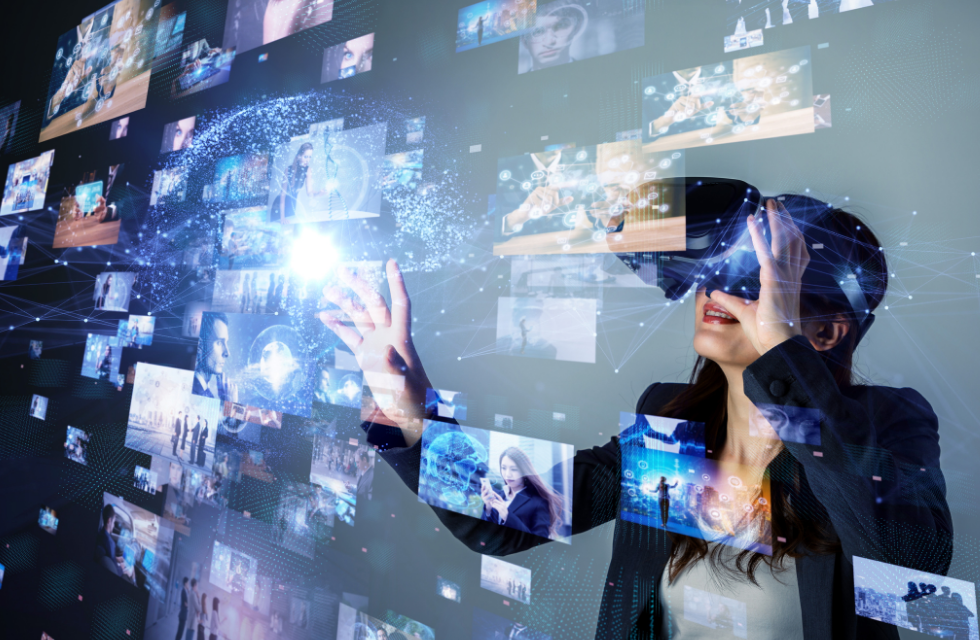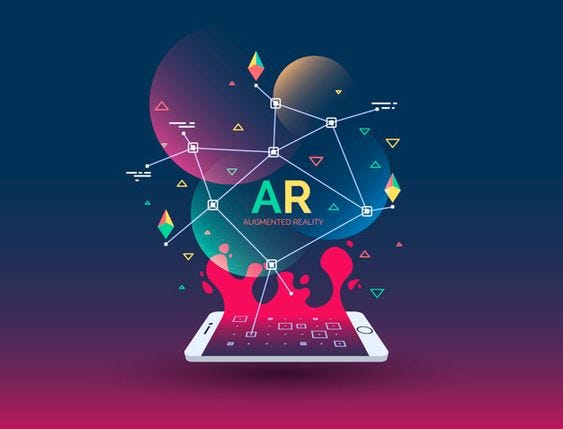In the fast-evolving world of digital marketing, staying ahead of the curve means embracing technology that enhances how brands interact with consumers. One such game-changer? Augmented Reality (AR). Once considered futuristic, AR is now a powerful marketing tool being leveraged by forward-thinking brands to create immersive experiences, boost engagement, and increase conversions. But how exactly is AR transforming the digital marketing landscape?

What is Augmented Reality (AR)?
Augmented Reality blends digital elements into the real-world environment through devices like smartphones, tablets, or AR glasses. Unlike virtual reality (VR), which creates a completely artificial environment, AR enhances reality by overlaying digital content — think filters on Instagram or trying on sunglasses virtually.
Why AR is a Game-Changer in Digital Marketing
1. Enhanced Customer Engagement
AR offers interactive and personalized experiences, making users spend more time engaging with your brand. Whether it’s a virtual try-on, a product demo, or a branded game, AR keeps users intrigued — and more connected to your message.
Example: IKEA’s AR app allows users to place furniture in their space virtually, increasing buyer confidence and reducing returns.
2. Improved Purchase Confidence
One of the biggest online shopping barriers is uncertainty. AR removes that by letting users “experience” products before buying — be it testing a lipstick shade, previewing a car color, or viewing how a sofa fits in their room.
Studies show that AR experiences can increase conversion rates by up to 40% and reduce product return rates.
3. Boosts Brand Awareness & Recall
When users experience your brand in a memorable, fun, and interactive way, they’re more likely to remember it. AR campaigns have a high shareability factor, giving your brand more visibility and viral potential.
Think of the viral Snapchat or Instagram AR filters — users become part of the campaign themselves.
4. Real-Time Personalization
AR allows marketers to offer contextual and real-time personalization. For instance, an AR ad for a shoe brand might allow the user to “wear” the shoes virtually based on their size, skin tone, or outfit. This level of personalization builds emotional resonance and trust — key drivers in digital decision-making.
5. Next-Level Data Collection
Every AR interaction provides valuable behavioral data — what users try, how long they engage, where they lose interest. These insights help marketers tweak campaigns in real time, optimize UX, and better understand consumer preferences.
Industries Leading the AR Marketing Revolution
- Retail & E-commerce: Virtual try-ons, AR mirrors
- Real Estate: 3D walkthroughs and property previews
- Automotive: Virtual car customization and test drives
- Beauty & Fashion: AR makeup try-ons, accessory previews
- Travel & Hospitality: AR destination tours and hotel previews
The Future of AR in Digital Marketing
AR is still in its early stages, but the potential is massive. As 5G expands and AR devices become more accessible, we’ll see even more immersive, real-time, and hyper-personalized marketing campaigns. Brands that embrace AR early aren’t just keeping up — they’re creating experiences that leave lasting impressions.
Final Thoughts
Augmented Reality is no longer just a novelty — it’s a necessity in modern digital strategy. For brands aiming to stand out in a crowded online world, AR offers the perfect mix of innovation, interaction, and impact. So, the question is — is your brand AR-ready?
Visit GoDigital360Degree for more blogs!


Leave a Reply